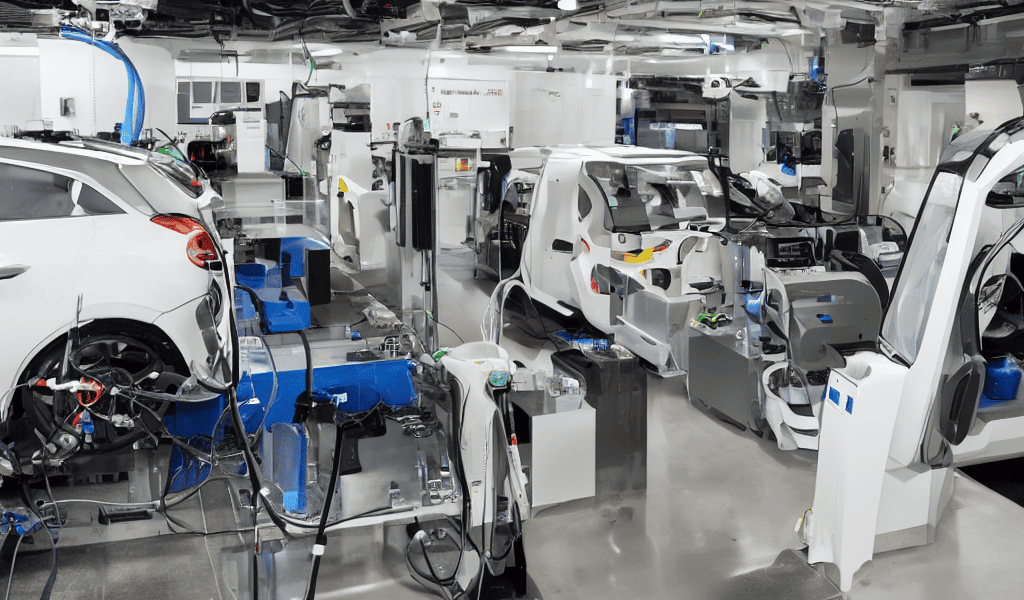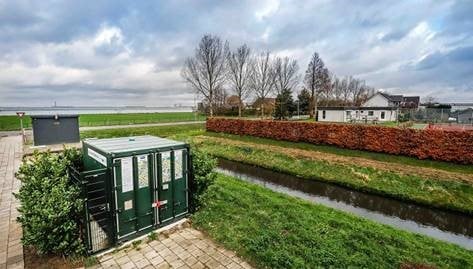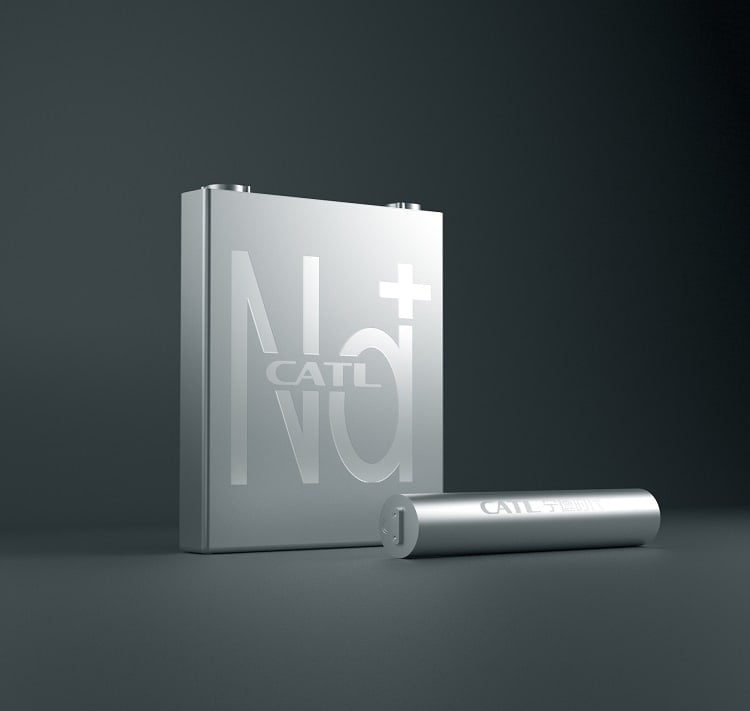
At only a tenth of the cost of lithium batteries, iron-air batteries soar to the forefront as a cost-efficient, scalable solution for multi-day energy storage. This innovative technology takes advantage of a unique ‘reversible rusting’ process for effective energy storage and release. These batteries, slated as the first commercial product, boast an impressive ability to store electricity for up to 100 hours – a crucial asset during extreme weather incidents or grid outages. The start-up Form Energy got the go ahead to build a 1 GWh demo system, which is expected to come online in 2025. With potential applications ranging from bolstering renewable options, widening transmission capacity, to enhancing grid reliability and safety, this breakthrough ushers us one step closer to a secure and decarbonized grid future.
Backed by technology powerhouses Bill Gates and Jeff Bezos, Form Energy is poised to turn the tides in renewable energy storage with their groundbreaking iron-air battery system.
- Form Energy’s innovative iron-air battery technology offers cost-efficient, multi-day energy storage.
- The company is constructing a 1 GWh demonstration system in Minnesota.
- While the iron-air batteries are not suitable for vehicular applications due to their size, they are expected to offer utility-scale storage at a tenth of the cost of lithium-ion batteries.
Revolutionising renewable energy storage
Form Energy’s iron-air battery system is not just another addition to the renewable energy storage space. It is a game-changer. These batteries are created with some of the most cost-effective, abundant, and safe materials available on the planet – iron, water, and air. The iron-air batteries, designed to store energy over multiple days, function by converting rust into metallic iron during charging and releasing energy when the metallic iron returns to rust. This process, commonly referred to as ‘reversible rusting’, makes these batteries an ideal solution for long-duration energy storage.
Moreover, the iron-air battery’s cost-effectiveness is undeniable. They provide energy storage at just 10% of the cost of lithium batteries. This low cost coupled with its extended storage capabilities makes it a highly economical solution for a variety of applications. These include storing energy during periods of low renewable generation, expanding transmission capacity without new infrastructure, ensuring grid reliability without thermal generation, and providing resilience during extreme weather events or grid outages.
Gigawatt-scale demonstration system underway
Form Energy’s commitment to this innovative battery technology is not just theoretical. The company is putting its technology into action with a 10-MW/1-GWh demonstration system in Minnesota near the Sherburne County Generating Station. This location is strategically chosen, as it is close to the Sherco Solar site, one of the largest solar generating sites in the USA. This demonstration system is expected to come online in 2025, marking a significant milestone in renewable energy storage.

Xcel Energy, a power company that has already transitioned over half of its generating capacity to renewable sources, will use the iron-air batteries to replace its coal-fired power plants. With the iron-air battery system, energy release costs can be kept similar to those of coal-fired grid-firming electricity. This makes the technology not only environmentally friendly but also economically competitive.
Iron-air batteries: The future of energy storage?
Form Energy’s iron-air battery system is not just a promising solution for renewable energy storage but also a significant contributor to local economic development and job creation through manufacturing and assembly. The battery system comprises of modular, scalable power blocks, each containing battery modules filled with a water-based electrolyte. Tens to hundreds of these power blocks can be connected to the electricity grid, depending on the system size. The batteries can be sited anywhere, including urban areas, to meet utility-scale energy needs. They complement lithium-ion batteries, allowing for an optimal balance between technologies to deliver the lowest-cost renewable and reliable electric system year-round.
While the initial iron-air battery will be too large for cars, it could replace lithium-ion batteries for utility-scale storage at one-tenth of the cost and with a larger capacity. The battery’s extended storage duration of up to 100 hours provides utilities with four days of electricity, mitigating the intermittent nature of renewable power generation.






